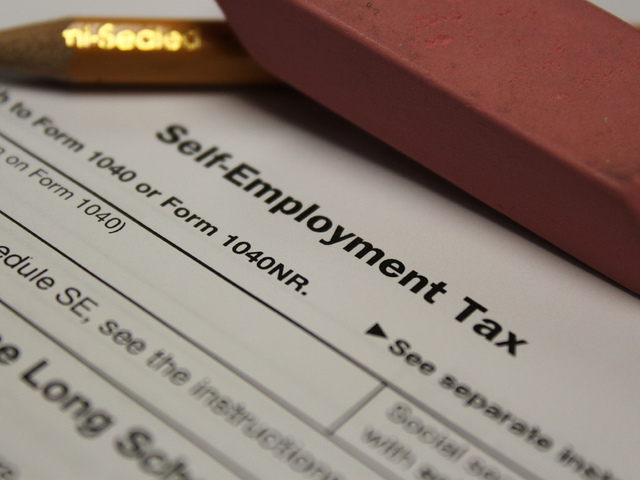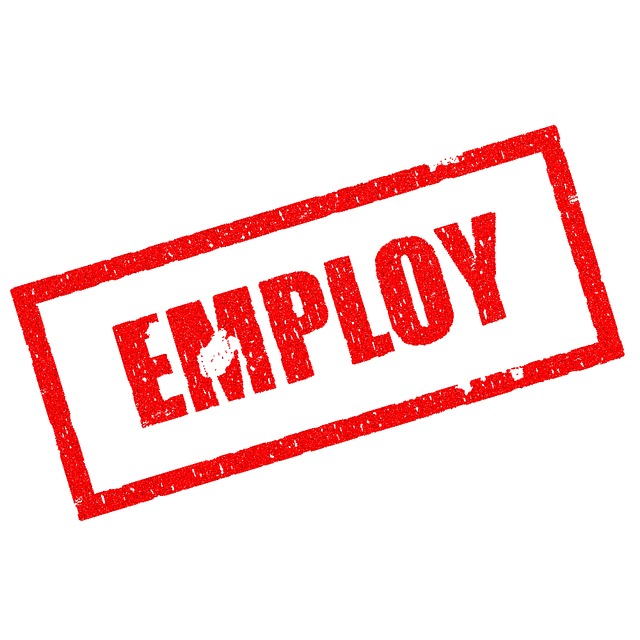Difference Between Self Employed and Employee
What stands out clearly between the two terms are that one has sought after their own employment means and the other is contracted under a company.
Self-employed refers to an individual who works for him or herself, by either owning a business, being a freelancer or is an independent contractor for an external company.
Employee is an individual who is under a contract to work for a company for an agreed compensation.

What is self-employed?
Self-employed just as the name suggests is an individual who has sought out means of acquiring revenue on their own. They don’t work for anyone, either operate a business, are freelancing or are privately contracted. These individuals can further be classified as entrepreneurs. The Internal revenue service defines those individuals who are self-employed in three ways. First you must be a member of a partnership which carries on businesses or some form of trade. Secondly you are in business individually either full-time or part-time. Thirdly, you carry on trade as an independent contractor.

What is an Employee?
An employee is any individual who has been hired by a company, small business, government or organization to perform a specific task in exchange of some compensation. The hiring process takes place after the application process and interview. The terms of employment are then classified in an offer letter or contract this could either be verbal or in paper.
In a nonunion workplace, every employee negotiates on their own the terms of employment. In union workplaces the comprehensive bargaining agreement contains almost all the elements of negotiation including salaries, wages, benefits, vacation and sick time off.
Differences Between Self Employed and Employee
Risks and Freedom involved in Self Employed and Employee
Self-employed individuals enjoy great freedom but their risks are significantly high. They are free to work within their preferred hours and make all the decisions. However, the risks of losing out on revenue are high as the business can easily collapse.
Employees are under contract; they have to work with schedules provided by employers. They however don’t bear much risk.
Expenses
The business’s costs and expenses are paid in by the self-employed.
The costs and expenses of the businesses or companies the employees work in are borne by the employer.
Social Benefits
Employees enjoy the benefits of having their social status taken care of. The employer pays in the social security contributions which amounts to around 13% of salary.
As a self-employed individual you have personally affiliate yourself with a social insurance fund and you will be responsible for the payments of your social securities which is around 20% of the total net taxable income.
Maternity Leave
Self-employed individuals get to choose the amount of days to take leave. In addition to this the health insurance fund can provide an allowance of EUR 467 per week, but this is entirely dependent on the platform you are in.
The employed individuals are entitled to a total of 15 weeks of maternity leave and will receive 82% of the total gross salary within the first month and 75% of limited wage in the second month.
Illnesses or Accidents
In the case of accidents or illnesses, the self-employed gets daily allowance of around EUR 35 within the third week of being incapable of working. The rates are also similar in the US. There is no accident insurance for self-employed but one can take up an income insurance to compensate when one is rendered incapable of working.
Employees receive the regular income within the first month. In the second month the health insurance compensates 60% of the wage paid previously. In the case of accidents, employees receive allowances through the employer’s insurance company under the Hazards and Occupational accidents clause.
Holidays and Unemployment
Self-employed individuals have no right to paid leaves and unemployment benefits. During bankruptcy they can however receive an allowance for the next 12 months.
Employees have rights to paid leave and can enjoy unemployment benefits.
Position
Self-employed individuals are fully in charge of the business and decision making.
However the employed can never be fully in charge; they will always be under an authority.
Self Employed vs. Employee

Summary of Self Employed vs. Employee
- Unemployed individuals are those that source revenues on their own either by starting up a business, becoming a freelancer, or private contractor for external companies. Employed individuals are the people contracted under a company, organization, NGO or the government to provide some services in exchange of a form of compensation.
- The self-employed or rather entrepreneurs enjoy great freedom in making decisions but bear all the personal risks. The employed have no freedom or risks.
- Employed are not in charge of the business, while the self-employed are fully in charge of every aspect of the business.
- In terms of choosing leave days, whether for maternity or holiday. The employed are free to choose the days while the employed are limited.
- Both the employed and self-employed to ensure growth in the economy. They are co-dependent as neither can exist without the other.
- Difference Between S Corp and C Corp - September 9, 2018
- Difference Between Terrace and Balcony - September 9, 2018
- Difference Between Anabaptists and Evangelicals - August 31, 2018
Search DifferenceBetween.net :
 Email This Post
: If you like this article or our site. Please spread the word. Share it with your friends/family.
Email This Post
: If you like this article or our site. Please spread the word. Share it with your friends/family.
1 Comment
Leave a Response
References :
[0]Muehlberger, U. (2007). Dependent Self-Employment: Workers on the Border Between Employment and Self Employment. Palgrave Macmillan.
[1]Bemis, P. A. (2007). Self-Employed RN: Choices, Business Aspects, and Marketing Strategies. National Nurses in Business.
[2]Schoukens, P. (2002). The Social Security Systems for Self-employed People in the Applicant EU Countries of Central and Eastern Europe: Bulgaria, Czech Republic, Estonia, Hungary, Latvia, Lithuania, Poland, Romania, Slovak Repubic, Slovenia. Intersentia nv.
[3]Image credit: https://www.flickr.com/photos/9731367@N02/6988137520
[4]Image credit: https://pixabay.com/en/employ-job-recruitment-employment-1714364/


Nice work